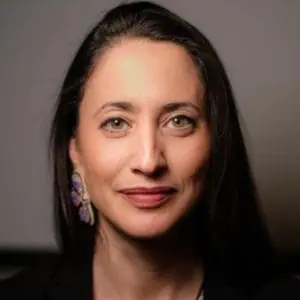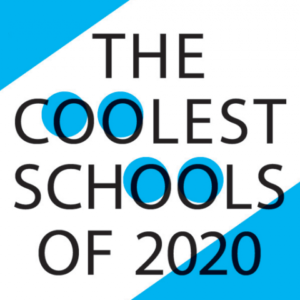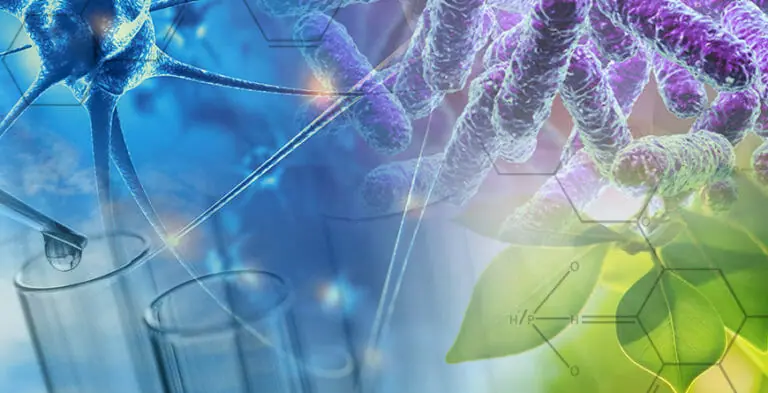Clean Growth Incubator rollout event Oct. 14
The ASU Laboratory for Energy And Power Solutions (LEAPS) and several ASU faculty have been working with the Center for Strategic Policy Innovation for several months to develop ways to enhance renewable energy development opportunities in medium-size cities across the U.S.
Watch: Global Futures Panels at the UN Global Compact
Recordings available. The Julie Ann Wrigley Global Futures Laboratory was able to showcase 142 faculty, staff and external partners to an international audience across 36 hours of programming specific to sustainable development, planetary systems, innovation, complexity and global futures.
NEON Biorepository adds cryo collections space
ASU Biocollections and the NEON Biorepository has just completed phase one of physical renovations, with the addition of a nearly 4,000 square feet of “cryo collections” space, for NEON organismal and environmental samples stored at -80 degrees and in liquid nitrogen.
NSF issues call for sustainable regional systems proposals
The National Science Foundation has issued program solicitation NSF 20-611, Sustainable Regional Systems Research Networks (SRS RNs). Full proposals are due by January 11, 2021. NSF will hold an informational webinar on October 27, 2020.

Video: Environmental Humanities Initiative distinguished lecture with Elizabeth Hoover
A recording of the Environmental Humanities Initiative’s 2020 distinguished lecture with Elizabeth Hoover is now available, along with a video of the lecture discussion, at the Institute for Humanities Research YouTube channel.
Nations United: Urgent solutions for urgent times
A new, 24-minute film called Nations United has been created by the United Nations on its 75th Anniversary and to mark five years since the adoption of the Sustainable Development Goals. In the midst of a pandemic radically transforming our world, Nations United tells the story of the world as it is, as it was, and as it could be. It focuses on the solutions and action we need to tackle poverty, inequality, injustice and climate change.

ASU moves up to No. 4 in Sierra Club's 'coolest schools'
Sierra magazine, the national publication of the Sierra Club, released its 14th annual “Cool Schools” competitive ranking of North America’s greenest colleges and universities on Sept. 28, ranking Arizona State
UCRC Poster Event 2020–RSVP required!
We are excited to announce the 3rd annual Urban Climate Research Center Poster Event. This year’s event includes posters from 8 ASU schools and collaborators at 4 other universities. As it

Biodesign, on a research roll, announces new centers, state-of-the-art X-ray lab
The Biodesign Institute at ASU significantly expands its scientific enterprise, announcing three new centers/labs to advance explorations in the fields of microbiomics, green chemistry and pioneering compact X-ray science. With
ASU professor receives prestigious award for mentoring, interdisciplinary research
Ferran Garcia-Pichel, Arizona State University professor and researcher, has been awarded the 2021 D.C. White Award by the American Society for Microbiology. The American Society for Microbiology is one of

SOLS New Faculty Showcase, Danica Schaffer-Smith and Qiyun Zhu
The ASU School of Life Sciences will be hosting their Fall 2020 New Faculty Showcase on Friday, September 25, 2020, from 2:00 to 3:00 p.m. MT (5:00-6:00 p.m. EST). ASU

New climate video series centers on diverse youth voices
Countless people around the world, recognizing the urgency of this moment, are taking climate action in a way that draws from their personal experiences and passions. A new PBS video series in collaboration with ASU's Julie Ann Wrigley Global Futures Laboratory and George Washington University's Planet Forward is telling the stories of some of these courageous, innovative and captivating people.